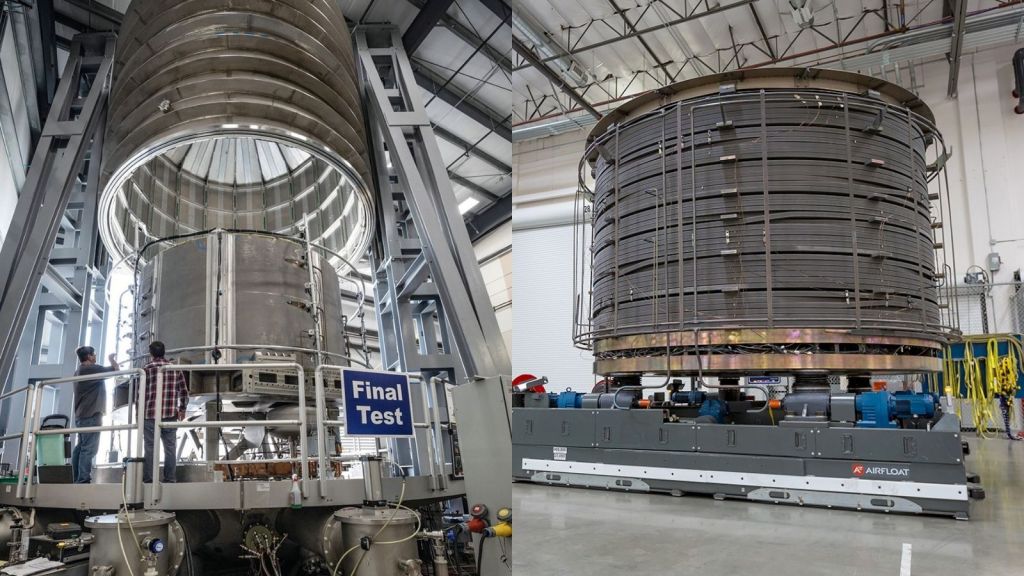Rendering of the Tower, via ASU
Last year, one of the world’s best science fiction writers teamed up with a respected engineer to build a twelve-and-a-half mile-high tower. For the record, that’s 24 times higher than the planet’s current tallest building, the Burj Khalifa. It’s way taller than Everest. It’s space-tall.
If you think the notion sounds insane, then Neal Stephenson and Dr. Keith Hjelmstad are doing their jobs—the idea was to take on a barely feasible, brain-bending moonshot project in a high-tech age where too many bright minds are wasted trying to get people to click on ads.
Videos by VICE
So, the tower project was born.
The point was to put big, crazy ideas on the table again. The duo drafted and scrutinized designs together as part of Arizona State University’s Hieroglyph initiative, and eventually more scientists and thinkers joined the team. An update on the project website earlier this year noted that “in a sure sign that the tower project is about to get excitingly weird, Bruce Sterling wants in.”
And sure enough, the expectations were suitably grand: “In the months to come the tower project will continue to serve as a pilot for the larger ideal of Hieroglyph: a freewheeling conversation about a radically ambitious project that could be accomplished within the next few decades.”
But it turns out that the problem with barely-feasible, brain-bending projects is that they run into mundane, real-life problems. Like wind. In a recent interview with the BBC, Stephenson explained the biggest hurdle to building a steel tower higher than the Himalayas.
“It ends up being all about wind,” he said. “In a windless environment making a structure that tall would almost be trivial. But when you build something that is going to poke up through and get hit by the jet stream from time to time, then it becomes shockingly much more difficult.”
The winds in the jet stream blow at 310 miles per hour, so preventing a twelve mile-high building from collapsing after being pummeled by it is a challenge indeed. Workarounds include mounting “aerofoils” on the outside, or wings that use air pressure to lift the structure up, or slapping jet engines on the tower’s walls.
“We are some distance from understanding the jet stream well enough to manage the natural risks associated with structural integrity,” professor Keith Hjelmstad added.
There are plenty of other problems, of course. The building’s base would span ten miles. Each of the bracing members on the lower level would be bigger than any bridge yet built. It would require 985 million tons of steel—well over half the entire world’s annual steel output. And it would cost $1 trillion.
“The tower pushes well beyond anything anyone has ever done in structural engineering,” Hjelmstad told New Scientist last year. “Building [it] would be the biggest project ever undertaken by humans.”
In light of the recent obstacles, Stephenson tells the BBC they’ve “hit the pause button” on the project pending a breakthrough. But it’s certainly worth trying to push on, if only as a thought experiment.
Moonshot projects like this massive tower and Elon Musk’s Hyperloop attract their share of criticism. They’re swathed in sci-fi grandeur and techno-utopianism, after all. But again; that’s the point. Stephenson thinks that we’ve lost a generation of big thinkers to muddling on the internet, and he may be right—we’ve been locked inside, transfixed by the deluge of data flowing down our screens. So even if our taller-than-mountain towers and faster-than-sound trains stay on the sci-fi side of the divide, it’s still probably worth pounding at that door.



